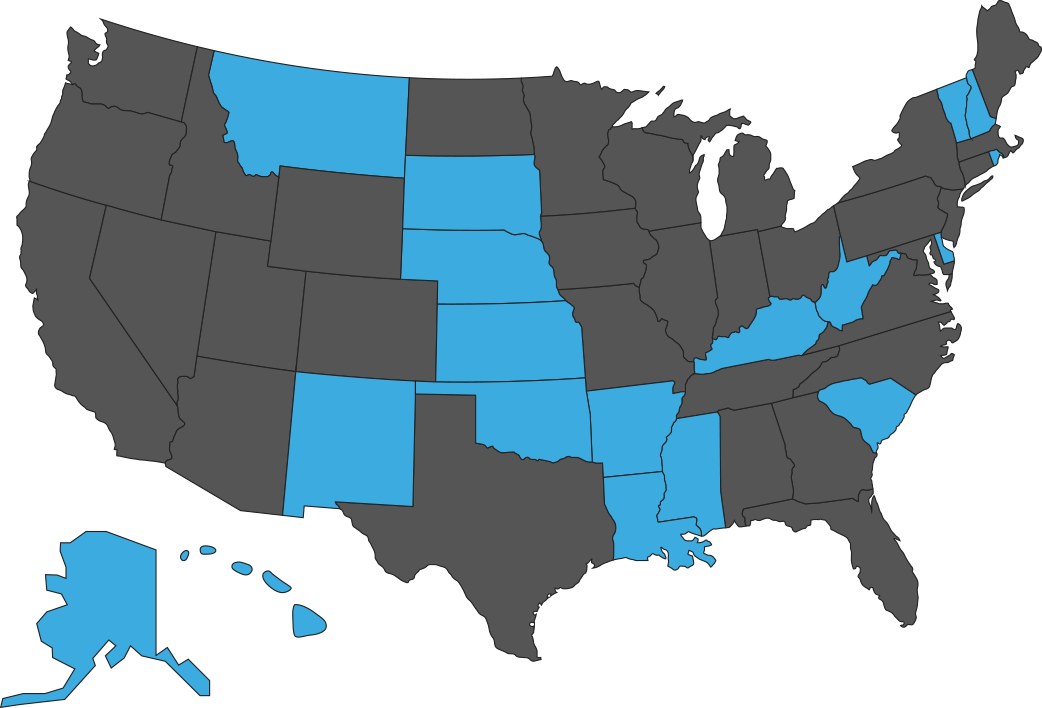Objectives
Recognize that weight bias and stigma are pervasive and harmful and understand that obesity is a complex chronic disease caused by an interaction of environmental, social, biological, and genetic factors.
Summarize the evidence base and grading metric underlying the AAP clinical practice guidelines.
Establish familiarity with the various evidence-based approaches to overweight and obesity treatment including motivational interviewing, intensive health behavior, and lifestyle modification, as well as pharmacotherapeutic and surgical interventions.
References
American Academy of Pediatrics, Institute for Healthy Childhood Weight. Capacity considerations for obesity evaluation and treatment. Retrieved April 18, 2024, from https://downloads.aap.org/AAP/PDF/Obesity/Capacity%20Assessment%20Checklist%201%206%20final.pdf
American Psychological Association, Clinical Practice Guideline Panel. 2018. Clinical practice guideline for multicomponent behavioral treatment of obesity and overweight in children and adolescents: Current state of the evidence and research needs. Retrieved from http://www.apa.org/obesity-guideline/obesity.pdf
Davison KK, Birch LL. Childhood overweight: a contextual model and recommendations for future research. Obes Rev. 2001;2(3):159-171. doi:10.1046/j.1467-789x.2001.00036.
Fisher F, et. al. Barriers and strategies in guideline implementation- a scoping review. Healthcare (Basel) . 2016; 4(3):36. doi: 10.3390/healthcare4030036.
Goodarzi MO. Genetics of obesity: What Genetic Association studies have taught us about the biology of obesity and its complications. The Lancet Diabetes & Endocrinology. 2018;6(3):223-236. doi:10.1016/s2213-8587(17)30200-0
Hampl et. al., Pediatrics 2023
Hampl SE, et al. Clinical practice guideline for the evaluation and treatment of pediatric obesity. Pediatrics. 2023; e2022060640. doi: 10.152/peds.2022-060640.
Hampl SE, Hassink SG, Skinner AC, et al. Clinical practice guideline for the evaluation and treatment of children and adolescents with obesity. Pediatrics. 2023;151(2):e2022060640. doi:10.1542/peds.2022-060640.
Haqq AM, Kebbe M, Tan Q, Manco M, Ramos Salas X. The complexity and stigma of pediatric obesity. Childhood Obesity, 2021;17(4):229-240. doi: 10.1089/chi.2021.0003.
Muth et. al., 2024
Pont SJ, Puhl R, Cook SR, et al, AAP section on obesity, The Obesity Society. Stigma Experienced by Children and Adolescents With Obesity. Pediatrics. 2017;140(6): e20173034.
Yoplait Light Yogurt Commercial – 2004
Television show, 2004-2020
http://www.pediatrics.org/cgi/content/full/102/3/e29
PEDIATRICS Vol. 102 No. 3 September 1998 1 of 11
Speaker(s): Amanda Staiano, PhD, MPP
Speaker(s) Bio
Dr. Staiano is a developmental psychologist with an interest in family-based healthy lifestyle interventions utilizing innovative technology to decrease pediatric obesity and its comorbidities. Her research has involved over 1500 children and adolescents, including randomized controlled trials and prospective cohorts, to examine the influence of physical activity and sedentary behavior on body composition and cardiometabolic risk factors.
Due to Dr. Staiano’s specific interest in using technology to promote physical activity and healthy behaviors, she was recently PI of the GameSquad study, a randomized controlled trial that tested the efficacy of a 6-month physical activity program for children’s weight management delivered via exergaming, wireless activity monitoring, and telehealth counseling, funded by the American Heart Association (AHA 15GRNT24480070). Her other current trials utilize technology for behavior change, including developing and testing a mobile app for parents of preschoolers to increase children’s physical activity and improve self-regulation skills (NIH R21HD095035) and the use of telehealth counseling in a primary care-based pragmatic trial of children with obesity (PCORI PCS-2017C2-7542).
DCOC Contact Information
Catrice Banks-Johnson
Email: crbanksjohnson@uams.edu
DeAnn Hubberd
Email: DEHubberd@uams.edu


